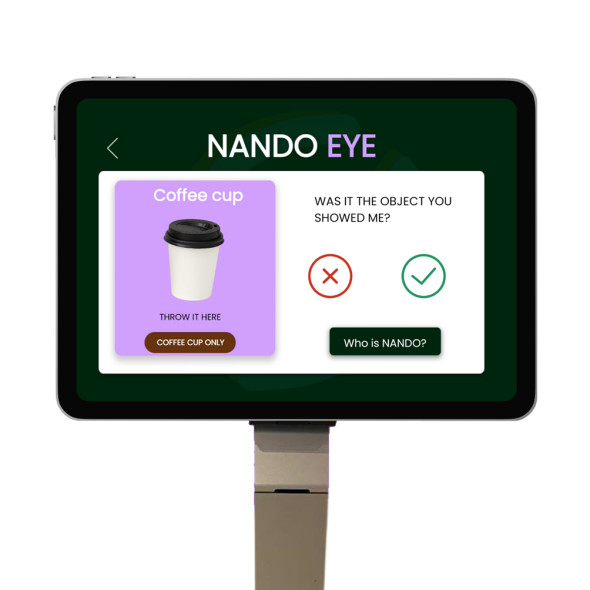Lewisham: Short Guide
Lewisham is situated in South London, and is accessible from the north side of the city via Tower Bridge and Blackwall Tunnel. The borough consists of historic districts such as New Cross, Deptford, Lewisham, Brockley, Blackheath, Forest Hill, Hither Green, Catford, Southend and Sydenham, among others. Lewisham is flanked by the borough of Greenwich on its east side, Bromley on its south side, and Southwark to the west. The Prime Meridian (the measure for GMT) runs from Greenwich and passes through Lewisham across Hither Green.
The History of Lewisham
Lewisham was first formed in 1965, having been amalgamated from the former Metropolitan Boroughs of Lewisham and Deptford, established in 1900. Before then, the metropolitan borough was constituted by the ancient parishes of Lee and Lewisham. There have been some minor changes to its boundaries since then, most notably in 1996 when the Royal Docks in Deptford became part of the London Borough of Greenwich. Until 1889, Lewisham was technically part of Kent.
Lewisham’s origins start with the Saxons, where the Germanic Jutes settled in the village of Ladywell. Later, King Alfred the Great would be named Lord of the Manor of Lewisham – a title that is still honoured today on a plaque you can see in Lewisham Library. Lewisham’s centre was thought of as the southern part of town, where currently stands the University Hospital Lewisham.
The borough is home to such staples as Millwall FC, The Horniman Museum, the Crofton Park Rivoli Ballroom, and an (accidental) ancient stone circle — as well as the Catford Cat statue.
A hub for Business and Culture
In 2021, Lewisham was named as the Mayor’s London Borough of Culture, receiving £1.35milllion in funding to deliver events and activities aimed at showcasing and empowering the local community. One of the key focuses of Lewisham’s bid was to focus on bringing members of the borough together to address climate change and sustainability.
Meanwhile, Lewisham is ahead of the rest of London in terms of entrepreneurship and self-employment. The economic trajectory is also distinct from the city’s remaining boroughs, with a focus on public services such as health and education. Lewisham has also become a leading hub for a range of creative and dynamic industries. According to the council’s annual report in 2020, the borough had just over 11,000 businesses in 2017, with 91% of these being microbusinesses with less than five employees.
Most businesses are found along principal roads or near rail lines and in town centres and industrial areas such as Surrey Canal and Bromley Road strategic industrial locations (SILs). Micro-businesses are scattered across the borough, but wherever you are, Bywaters serves organisations of all shapes and sizes. If you are in the centre of town or on the industrial outskirts, it’s no problem — we can collect and recycle your commercial waste.
Tourist Hotspots
Lewisham is home to plenty of thriving restaurants, pubs, as well as museums and landmarks. The Horniman Museum in Forest Hill is the site of natural history, anthropology, and taxidermy displays, as well as some resplendent gardens. You will also find Manor House Gardens in Hither Green. The Migration Museum that opened in Lewisham Shopping Centre in 2013 celebrates the diverse movement of peoples to and from Britain throughout the ages. Lewisham Arthouse is also a popular haunt for many Goldsmiths University students making the short walk from the main campus from New Cross.
The borough is also teeming with bustling parks, markets and entertainments, such as Telegraph Hill, Brockley Market, and the non-profit Deptford Cinema. The latter is particularly special, as until very recently, Lewisham was one of two boroughs in London that did not have a film theatre.
On that note, Bywaters has a range of services that can properly cater to events, facilities and hospitality businesses, so be in no doubt that if you work in these sectors, we can manage your waste for you quickly and efficiently.

